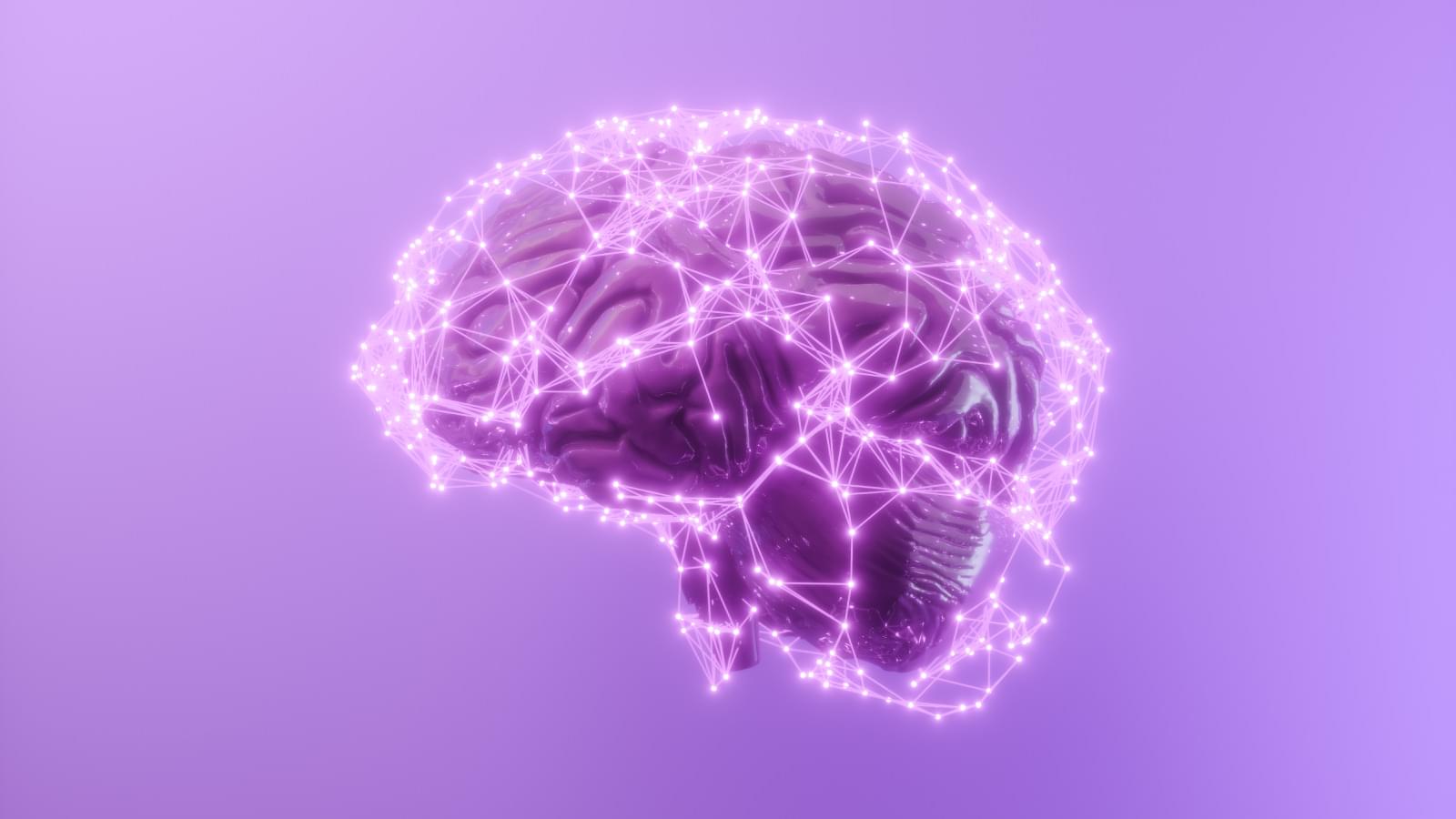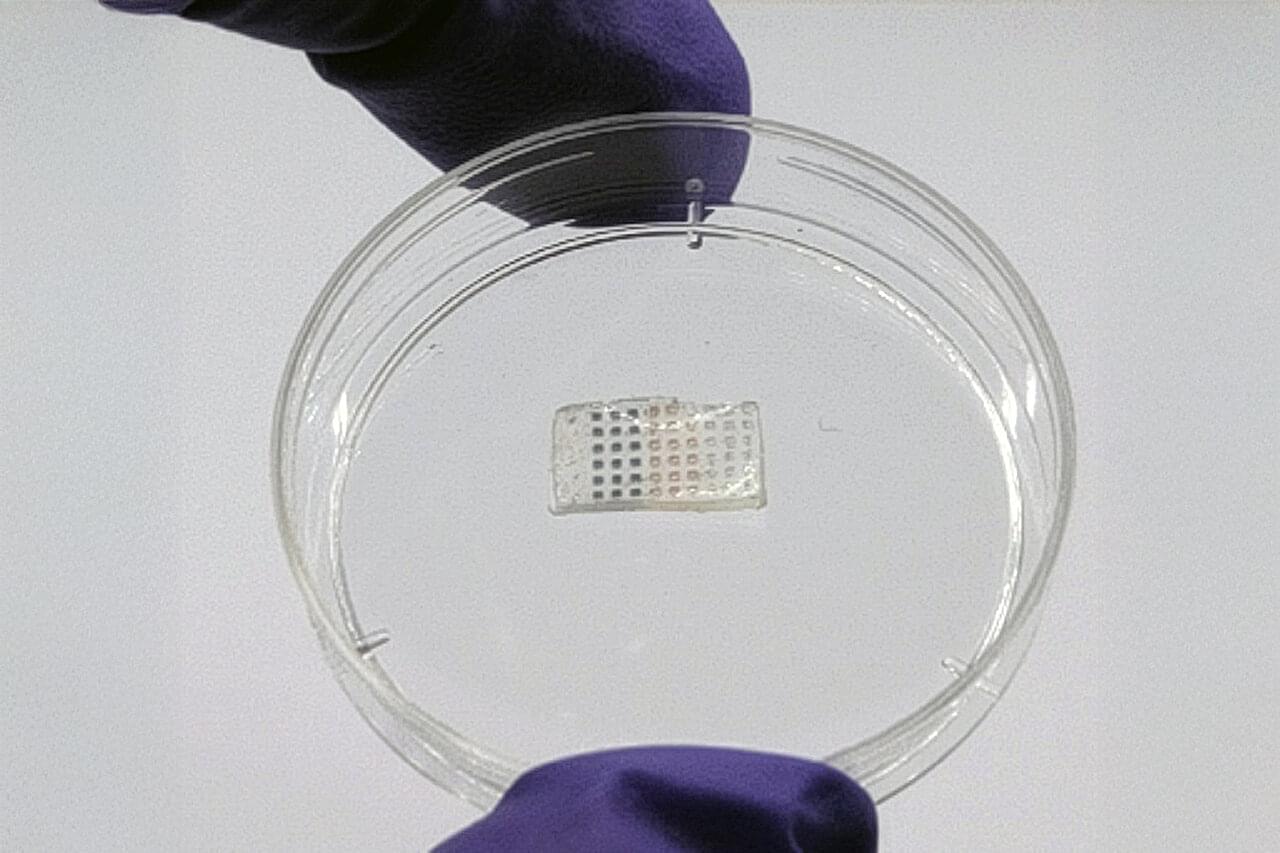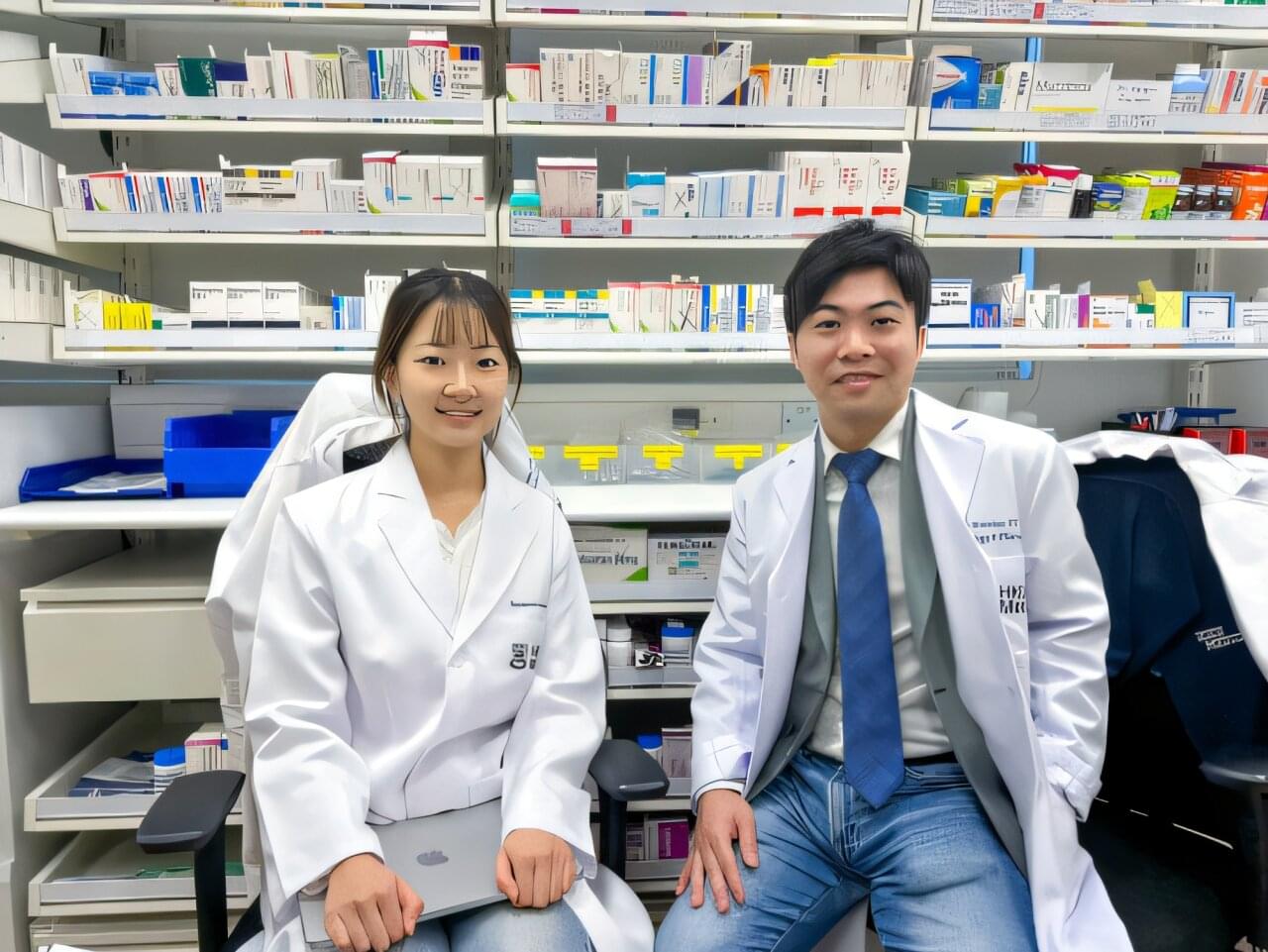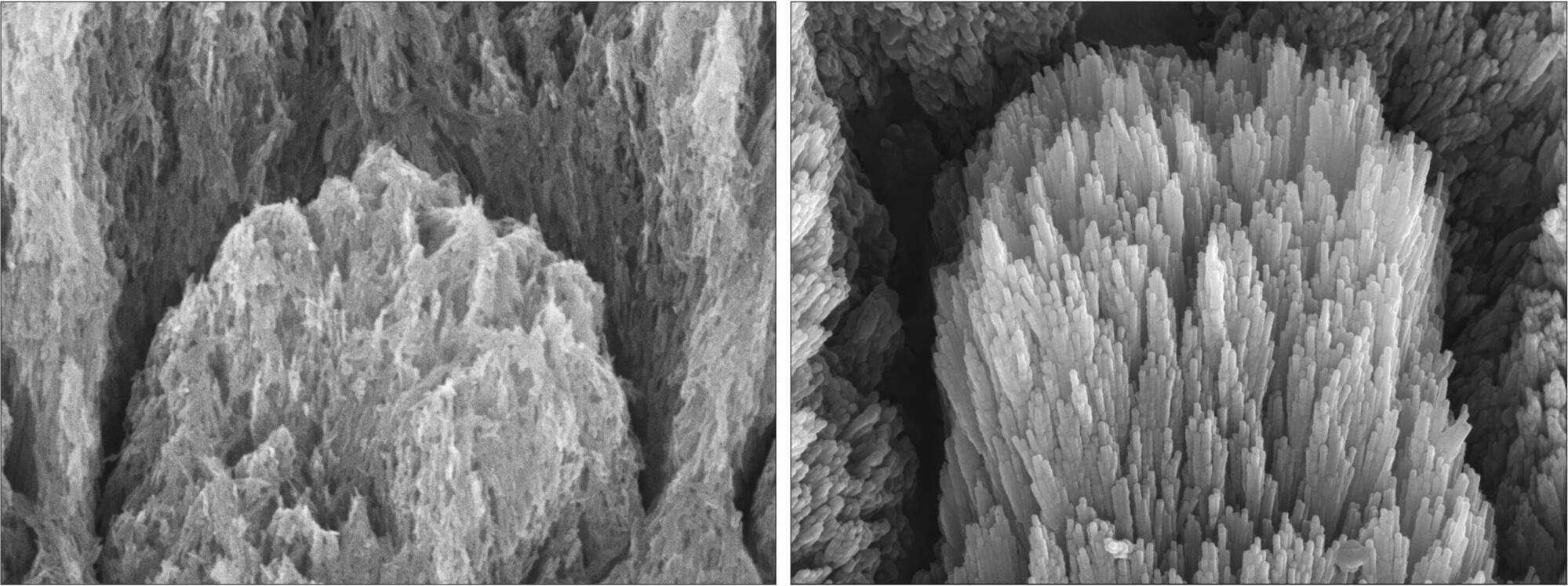Researchers at Imperial’s National Heart & Lung Institute (NHLI) have reported encouraging results from the first phase of clinical trials for a new peanut allergy vaccine.
This vaccine aims to ‘reset’ the immune system, potentially allowing the individual to tolerate peanuts without triggering the severe allergic reactions that often occur when peanut proteins are ingested.
Phase 1 trials for a new peanut allergy vaccine show promising results, offering potential long-term relief from allergic reactions.
In collaboration with industry partner Allergy Therapeutics, the team from Imperial has developed a vaccine using virus-like particle (VLP) technology to encapsulate the peanut allergen protein Ara h2. In the latest paper, published in the Journal of Allergy and Clinical Immunology (JACI), a phase 1 first-on-human clinical trial demonstrated the VLP peanut allergy vaccine’s safety and tolerability, with no reactivity observed during skin prick tests comparing the vaccine to control treatments.









